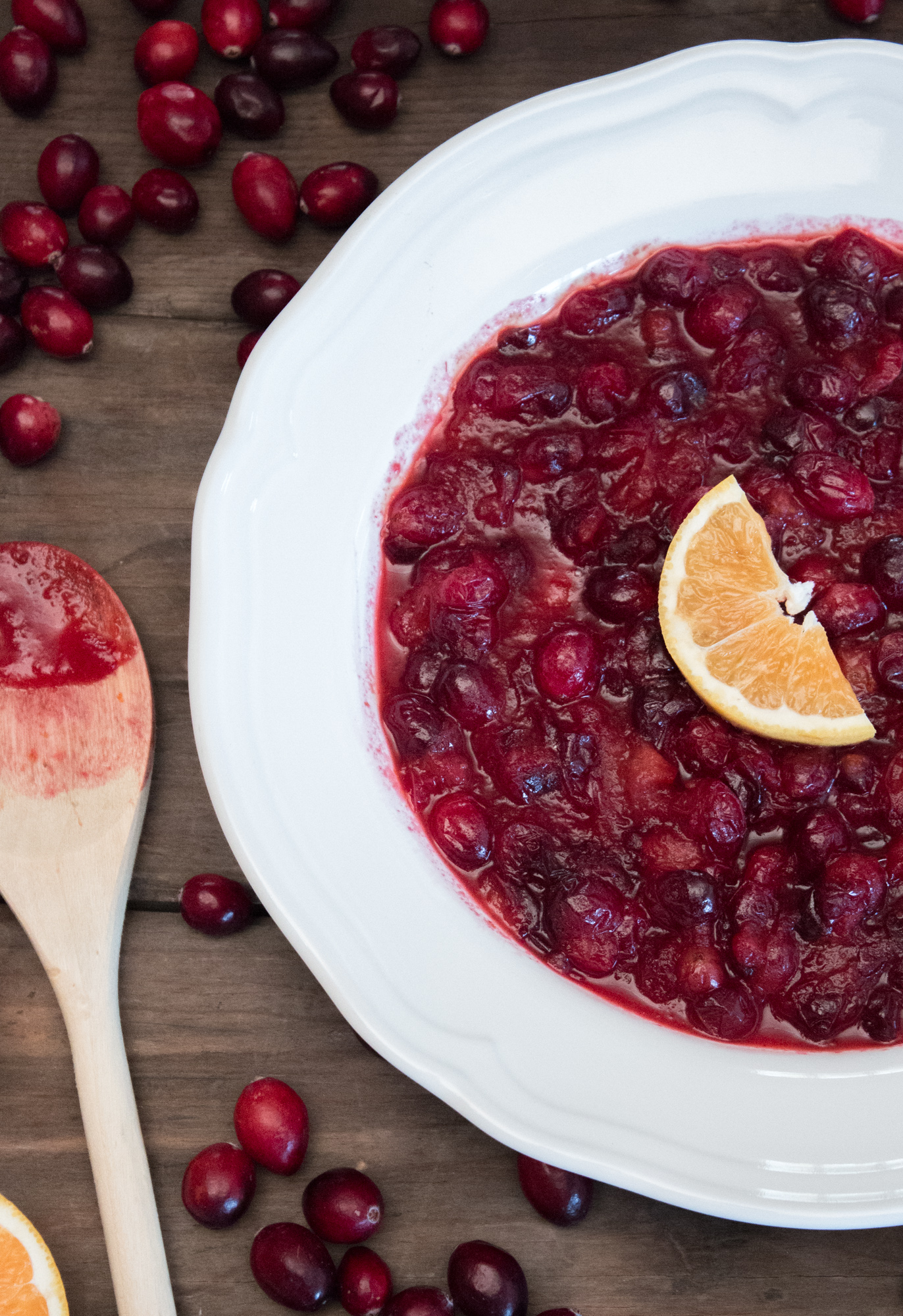Cranberries grow on evergreen like dwarf size bushes or on trailing vines. Cranberries are raised in central and northern Europe as well as in the northern United States, Canada and Chile.
Cranberries are low, creeping shrubs or vines up to 7 ft long and around 6 inches in height. The flowers are dark pink, with petals, leaving the style and stamens fully exposed and pointing forward. Bees helping pollinate the bees. Cranberry fruit is larger than the plants leaves.
The United States, Canada and Chile are the largest producers of the cranberries in the world. Cranberries often find their way into products like juice, sauce, jam and sweetened and dried. Some cranberries are sold fresh as well.
Enjoy our Cranberry inspired recipe:
1 12-Ounce Package fresh cranberries
2 oranges, zested and juiced
1/4 cup(s) sugar (more, if you like it sweet)
1/2 tablespoon(s) ground ginger
Wash and dry the cranberries and add them to a small saucepan, removing any over ripe berries. Wash and dry the oranges and then zest them, adding the zest to the cranberries.
Juice the oranges and it to the cranberries. Now, be sure to use oranges with a lot of juice. How you do that is by selecting an orange that feels heavy and weighted for its size. Once you find the heavier ones in the bunch, give them a gentle squeeze. The perfect orange will not have much give to it.
Add the ground ginger. If you like things spicy, then add a whole tablespoon. That is how much I use.
Bring the mixture of cranberries, orange juice and zest, and ginger to a light boil over a medium heat. Once you hear the first cranberry pop, turn the heat down to low. Cook according to desired consistency. If you want the cranberries to remain whole, cook for just a few more minutes. Cook for about ten minutes if you want a more chutney-style cranberry sauce.
recipe resource here
History of Cranberries :
The Algonquian people of North America in New England were believed to use cranberries in pemmican for food and for dye. The red berries were called sasemineash when they introduced them to the colonists in Massachusetts.
A book by James White Norwood mentioned that the Native Americans met the Europeans coming ashore with cups full of cranberries. Another historical accounting is in 1633 when the husband of Mary RIng auctioned her cranberry dyed petticoat for 16 shillings. In 1633 the Pilgrim cookbook appears with a recipe for cranberry sauce.
retweet this post here
shared at these blog hops, parties and linkups
shared on these facebook group linkups


No comments:
Post a Comment
I love comments so if you have a minute leave me your thoughts on the above post